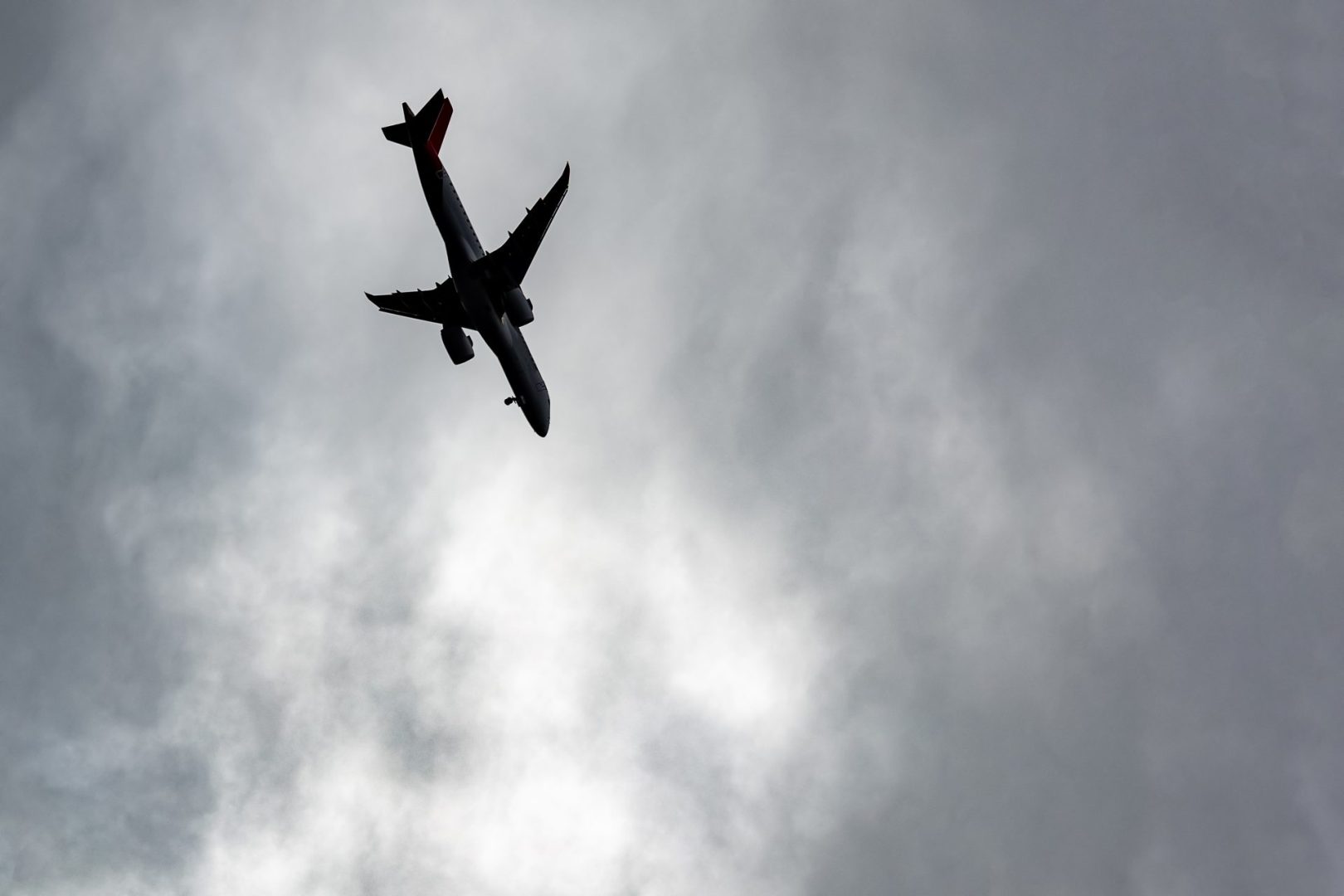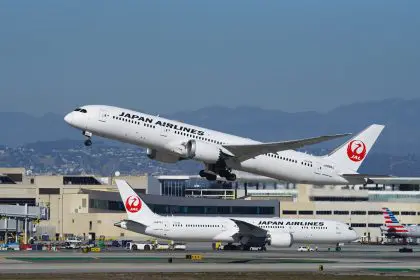What was supposed to be an exhilarating day of skydiving turned into a nightmare for 15 people when their aircraft crashed into a wooded area near a small New Jersey airport. The terrifying incident has left families shaken and raised serious questions about aviation safety in recreational flying.
The dramatic crash occurred Wednesday evening at Cross Keys Airport, located just 21 miles southeast of Philadelphia, transforming what should have been an adventure-filled day into a medical emergency that mobilized multiple hospitals and emergency response teams across the region.
A day of adventure turns tragic
The Cessna 208B aircraft was carrying 15 individuals when disaster struck, according to the Federal Aviation Administration, which has launched a comprehensive investigation into the crash. The plane veered off the runway and plunged into dense woods, creating a scene of chaos and devastation that first responders described as harrowing.
Aerial footage captured the aftermath of the crash, showing the aircraft resting among thick trees with debris scattered throughout the wooded crash site. The images paint a sobering picture of how quickly a recreational adventure can turn into a life-threatening emergency.
Emergency vehicles, including fire trucks and ambulances, quickly surrounded the area as first responders worked frantically to assess the situation and provide medical assistance to the injured passengers. The rapid response likely prevented what could have been an even more tragic outcome.
Multiple hospitals mobilize for victims
The crash victims were distributed across multiple medical facilities, with Cooper University Hospital in Camden, New Jersey, bearing much of the immediate burden. Wendy Marano, a hospital spokesperson, confirmed that the facility’s trauma center was actively treating victims with varying degrees of injuries.
The hospital’s emergency response revealed the serious nature of the incident:
- Three individuals were undergoing evaluation at the trauma center for serious injuries
- Eight others were being treated in the emergency department for less serious injuries
- Four additional people sustained minor injuries and were awaiting further medical assessment
The range of injuries suggests that passengers experienced different levels of trauma depending on their position in the aircraft and the specific circumstances of the crash. Trauma teams and emergency personnel were present at both the crash site and receiving hospitals to ensure comprehensive medical care.
The human cost of recreational aviation
Behind the clinical description of injuries and hospital admissions lies a deeply human story of families whose lives were forever changed in an instant. The 15 people aboard the aircraft likely began their day with excitement and anticipation, looking forward to the thrill of skydiving and the unique perspective that comes with jumping from an aircraft.
For many passengers, skydiving represents a bucket-list experience or a celebration of a special milestone. The crash has transformed what should have been exhilarating memories into a traumatic experience that will likely stay with survivors for years to come.
The incident also affects the broader community of family members and friends who watched their loved ones leave for what they believed would be a safe, professionally operated adventure. The phone calls and hospital visits that followed the crash represent the ripple effects of aviation accidents that extend far beyond the immediate victims.
Cross Keys Airport under scrutiny
Cross Keys Airport, where the crash occurred, now finds itself at the center of a federal investigation that will examine every aspect of the incident. The small airport, located in southern New Jersey’s rural landscape, serves as a hub for recreational aviation activities, including skydiving operations.
The airport’s proximity to Philadelphia makes it an attractive location for adventure seekers from the metropolitan area who want to experience skydiving without traveling far from the city. This accessibility has made it a popular destination for both first-time jumpers and experienced skydivers.
The crash has raised questions about safety protocols at smaller airports that handle specialized operations like skydiving. These facilities often operate with different safety standards and oversight levels compared to major commercial airports, creating unique challenges for ensuring passenger safety.
Federal investigation launches
The Federal Aviation Administration’s investigation will likely examine multiple factors that could have contributed to the crash. Investigators will analyze weather conditions, mechanical issues, pilot performance, and airport operations to determine what caused the aircraft to veer off the runway.
The investigation process typically involves examining the aircraft’s maintenance records, pilot qualifications and recent flight history, weather data from the time of the crash, and any potential mechanical failures that might have occurred. This comprehensive approach helps ensure that similar incidents can be prevented in the future.
Federal investigators will also review the airport’s safety protocols and procedures, particularly those related to skydiving operations. These specialized flights require specific safety considerations that differ from standard passenger or cargo flights.
The broader safety conversation
This crash brings renewed attention to safety issues in recreational aviation, particularly in the skydiving industry. While skydiving has become increasingly popular as people seek unique experiences and adrenaline-pumping adventures, each incident serves as a reminder of the inherent risks involved in aviation activities.
The skydiving industry has made significant strides in safety improvements over the years, but accidents like this one highlight the ongoing challenges of maintaining perfect safety records in an activity that involves multiple risk factors. These include aircraft operations, weather conditions, equipment functionality, and human factors.
Safety experts often emphasize that recreational aviation activities require constant vigilance and adherence to strict protocols. Even minor deviations from established procedures can have serious consequences when combined with the complex dynamics of aircraft operations.
Community response and support
The local community has rallied around the crash victims and their families, offering support during this difficult time. Area hospitals have demonstrated their preparedness for mass casualty events, coordinating care across multiple facilities to ensure all victims receive appropriate treatment.
The incident has also prompted discussions about emergency preparedness in rural areas like Cross Keys Airport. The successful response by first responders, despite the remote location, demonstrates the importance of having well-trained emergency personnel and established protocols for aviation incidents.
Recovery and investigation timeline
As victims continue their recovery in various hospitals throughout the region, the investigation into the crash’s cause will likely take several months to complete. The FAA’s thorough approach to accident investigation means that every detail will be examined to provide a complete picture of what happened.
The investigation’s findings will be crucial for preventing similar incidents in the future and may lead to changes in safety protocols or equipment requirements for skydiving operations. The aviation industry often uses lessons learned from accidents to improve safety standards across the board.
Looking ahead
While no fatalities were reported in this crash, the incident serves as a sobering reminder of the risks associated with recreational aviation activities. The fact that all 15 passengers survived speaks to both the skill of first responders and perhaps some element of fortune in how the crash unfolded.
The recovery process for the injured passengers will likely extend far beyond their immediate medical treatment. Some may face long-term physical rehabilitation, while others might struggle with the psychological impact of surviving such a traumatic event.
As the investigation continues and victims work toward recovery, this crash will likely become a case study in aviation safety, emergency response, and the ongoing challenge of balancing adventure tourism with public safety. The lessons learned from this incident may help prevent future tragedies and improve safety protocols for recreational aviation operations across the country.

















